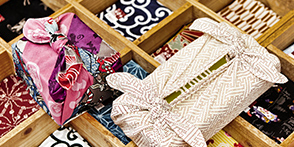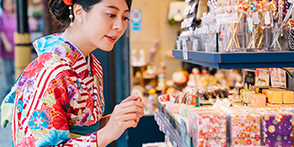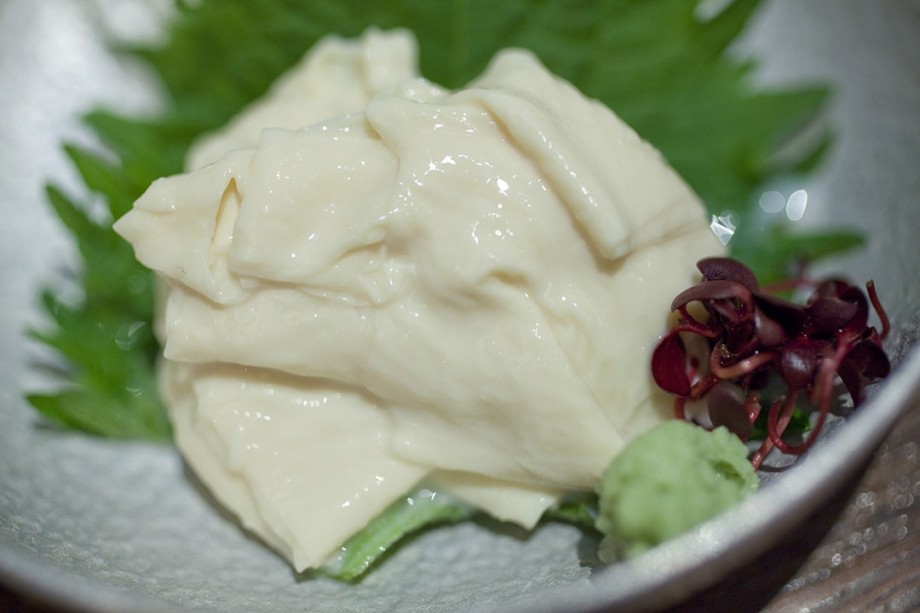- TOP
- Search
- Shopping reports search results
- Stay at a shukubo and be exposed to the heart of Buddhism
Stay at a shukubo and be exposed to the heart of Buddhism
-
Categories
- Japanese culture
- Others
-
Update date
- 2019-12-05
If you have interest in shrines and temples, you must experience staying at a shukubo. The “bo” of shukubo refers to a priest’s dwelling and its facility for lodging followers and shrine visitors or for shrine visitors to purify their minds and bodies was called shukubo. However, these days more shukubo are accepting tourists, having improved facilities and services and allowing you to experience the culture of shrines and temples and such. Not all shrines and temples offer a shukubo experience but searching for and staying at such a shukubo should be a wonderful experience. The things you can experience differ depending on the shukubo, but here are some common things that can be experienced.
“Shako” and “zazen” that calm the heart
Shakyo (sutra-copying) is a type of training in which you just hand-copy sutra, the teachings of Buddhism. It is only about correcting your posture and using a brush and ink to hand-copy the Chinese characters of sutra, but it calms your heart and is said to grant your wish. Zazen is a type of Zen training of controlling your posture and breathing. You correct your posture by sitting with your legs folded and straightening your back as if extending your head toward the ceiling. Your hands are placed palms up and folded on your legs, and with eyes half-closed, you breathe slowly. Zazen is a type of mental training of looking at yourself without paying any attention to distractions. It is said to relieve stress and have a healing effect.
“Buddhist cuisine”, vegan food friendly to the mind and body
Commonly, food provided at a shukubo is “Buddhist cuisine” meant for priests that does not use meat. It is essentially cooked using only plant-based ingredients, such as grains, carbohydrates, and vegetables, and proteins are contained in “imitation foods” that use tofu and wheat gluten made to look like meat or fish.
...... read the rest of the article on the TABIDO website:
https://www.tabido.jp/en-us/article/1018/












